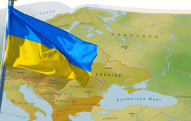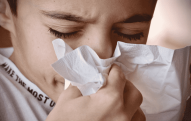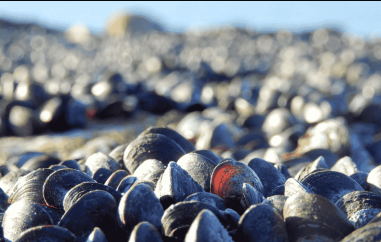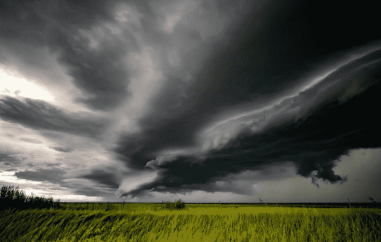Siberia's rivers will be filled with fish
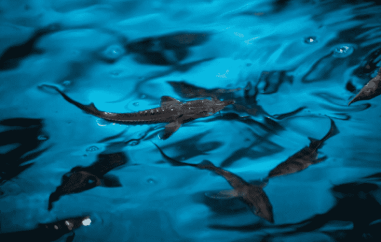 One of the largest producers of nickel, copper and other metals in the world, Russian Norilsk Nickel will work to improve biodiversity in Siberian rivers.
One of the largest producers of nickel, copper and other metals in the world, Russian Norilsk Nickel will work to improve biodiversity in Siberian rivers.
Starting from 2023 the company will start to finance scientific research on the assessment of the state of aquatic bioresources and fish habitat. These scientific developments lack funding, and such support will create a benefit not only for Russian science, but also world science as a whole, experts believe. Later on, the company plans to annually release fry of different fish species into Siberian rivers, including one of the region's largest rivers, the Yenisei.
As the producer specified, Nornickel supports biodiversity and is engaged in multiplying rare and valuable biological species in all regions where the company operates.
"Tens of millions of rubles are allocated annually to replenish fish diversity. In the last five years alone, thanks to the company, the Yenisei River has been replenished by more than 1.2 million Siberian sturgeon fry. "Nornickel also replenishes stocks of grayling, char and other species under an extensive stocking program initiated in accordance with scientific recommendations. This program is part of the company's efforts to reduce the negative impact on nature," Nornickel said in a statement.
Nornickel, together with scientists from the Siberian Division of the Russian Academy of Sciences, is conducting a large-scale baseline study of biodiversity in the regions where the company operates - in Siberia and the Arctic - in 2022. This research includes soil studies, ornithology, zoology, and hydrology, among others. In addition, the Big Norilsk Expedition has been working in Taimyr for the third year now to study the nature around the main water bodies of the region.
Earlier in 2020, Norilsk Nickel Finland's Harjavalta division took on the conservation of freshwater mussels in the Kokemäenjoki River in western Finland.
As a result of surveys conducted in the summer of 2020, scientists found that mussel numbers were recovering.
The results showed a very good recovery of three of the four mussel species. Anodonta anatina, for example, recovered 229 percent in six years. At the same time, Unio crassus recovered by 4 percent. Meanwhile, examining the river bottom, it was noted that in some areas the number of mussels was unchanged, while in other areas of the river bottom it increased significantly.
The goal of the program is to revive freshwater mussel populations both in Finland and around the world.




